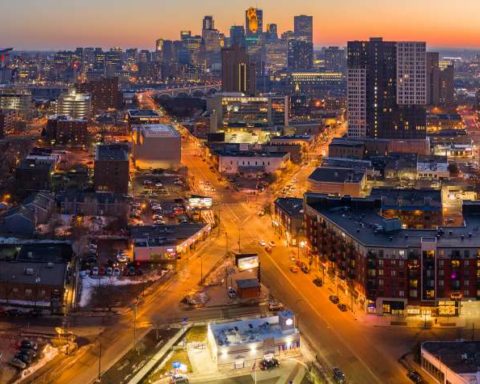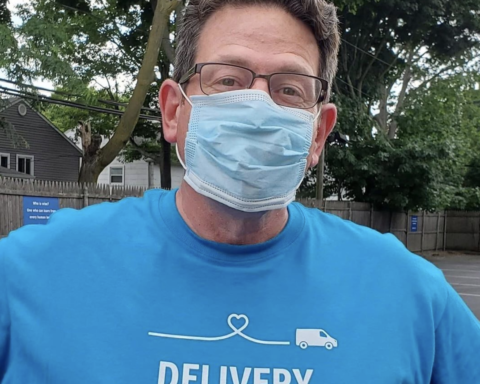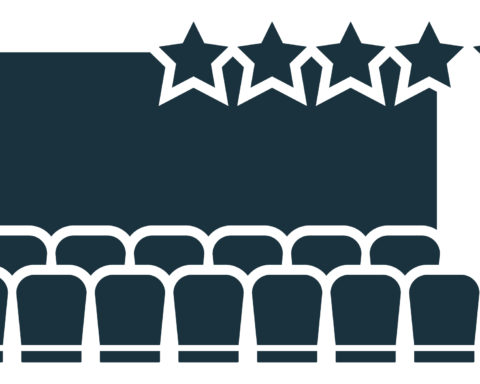WASHINGTON, DC— It comes as no surprise that businesses all around the world have been struggling from the impact of the coronavirus crisis. Of course, some businesses have been able to exploit the crisis, creating products which are related to staying safe from the virus, like medical masks, gloves, and hand sanitizer. But millions of small businesses across the country are unable to pay rent and keep staff on payroll, and many small businesses have been “forced to shutter for months,” says New York City Councilman Chaim Deutsch. The fate of such companies seems grim – an estimated 7.5 million small and mid-size businesses will close due to business disruption caused by COVID-19.
In a near reprisal of government relief funding during the 2008 financial crisis, government aid in 2020 has taken the form of the Payroll Protection Program (PPP). Consisting of $342 billion this round alone, the PPP has emerged as a unique, forgivable loan program for small businesses. The only condition? Small businesses must keep employees on the payroll for a few months longer, preventing unemployment rates from skyrocketing again.
But the race to receive this funding has been exhausting in the small business world. While 60% of small businesses in the US applied for this funding, only 5% received it. Many big businesses were able to utilize loopholes in order to receive funding that wasn’t intended for them, and the scraps had been left for a small portion of the small companies.
Corporations and franchises such as Ruth’s Chris Steakhouse, Shake Shack, and Quantum had received millions in PPP loans meant for businesses with under 500 employees. According to University of Chicago accounting professor Michael Minnis, there were few links between where the biggest economic need was and where the government funds went in the first round. The distribution of PPP loans to corporations without dire need has not been without consequences. The media intensely scrutinized universities, chain restaurants, and construction firms alike for applying for and receiving government aid.
In fact, the program actually ran out of funding after just two weeks, prompting another wave of $310 billion.
Some frustrated applicants even levied lawsuits against JPMorgan Chase, Bank of America, Wells Fargo, and US Bank, claiming these banks unfairly prioritized loan requests from larger customers to earn higher fees. Such prioritization of corporate greed has “left thousands of small businesses with nothing,” the lawsuit says.

Such criticism of both large corporations and the banks that aid them led to a few companies, like Shakeshack, returning the funding, and to an increased funding of small businesses in the second round of the PPP.
But perhaps it wasn’t fully the banks’ fault. Under immense pressure to act at warp speed, the Trump administration initially stumbled badly: the first phase of the PPP was launched with a scant two-page application which rested on one tenuous condition: that small business felt that the loan was absolutely “necessary.” Due to its ambiguity, the word “necessary” led banks to shuffle applications according to their own criteria and large companies to apply for loans that weren’t essential for survival. Also, large banks were overwhelmed by the thousands of applicants they were being asked to process while smaller banks were able to push through a few dozen clients easily.
Through all the mayhem, many small businesses learned how to better position themselves for round two.
Julie Jacobs, a small event planning business owner for the last 20 years, shared that she went from Bank of America to a small private bank, Peapack-Gladstone Bank, after a disappointing first go at Bank of America. This proved very crucial to the survival of her business. But small businesses need more than the PPP to ensure these challenging times. “You have to be willing to be creative in order to survive,” she explained, referring to her pivot to the online space.
Writopia Lab, the nonprofit organization publishing this newspaper, had a similar trajectory, but did end up getting funding through a large bank, Chase Bank, in the second round. They, too, moved online to meet the needs of their community. While the science world is moving quickly toward developing a vaccine—and as people shelter-in-place, or at least cease from attending sleepaway camps and other large gatherings—the rest of the work world, including schools and educational programs, are moving online and discovering new ways to engage and support students. Danielle Sheeler, Director of Camps and Curriculum at Writopia, shared, “We had to not only move our programs online, but consider what kids needed most from us now, and bring that to them. We had to think out of the box, and we have to keep on listening, thinking, and innovating every day.”
Indeed, Reuters reported that most small and mid-size businesses were able to receive government loans after either applying to a smaller bank or in the second round.
But some businesses can’t move online. Barry Moltz, a consultant and public speaker, stated, “The people who are getting laid off are the ones that can really only be done in person such as bowling alleys, spas, and etc.” The businesses that are struggling have to either push themselves onto an online platform or sadly go under. “Big businesses are also affected by this.” Despite being plagued by numerous problems, the PPP has been a sorely needed lifeline to small businesses. Ultimately, the legacy of PPP is dependent on the competency of the government in administering the program from this point forward. And the funding in no way has ended COVID-19’s disastrous impact on the economy and its people. “We have not reached the peak of the downfall yet,” said Ms. Jacobs. “No, we’re not close yet.”




